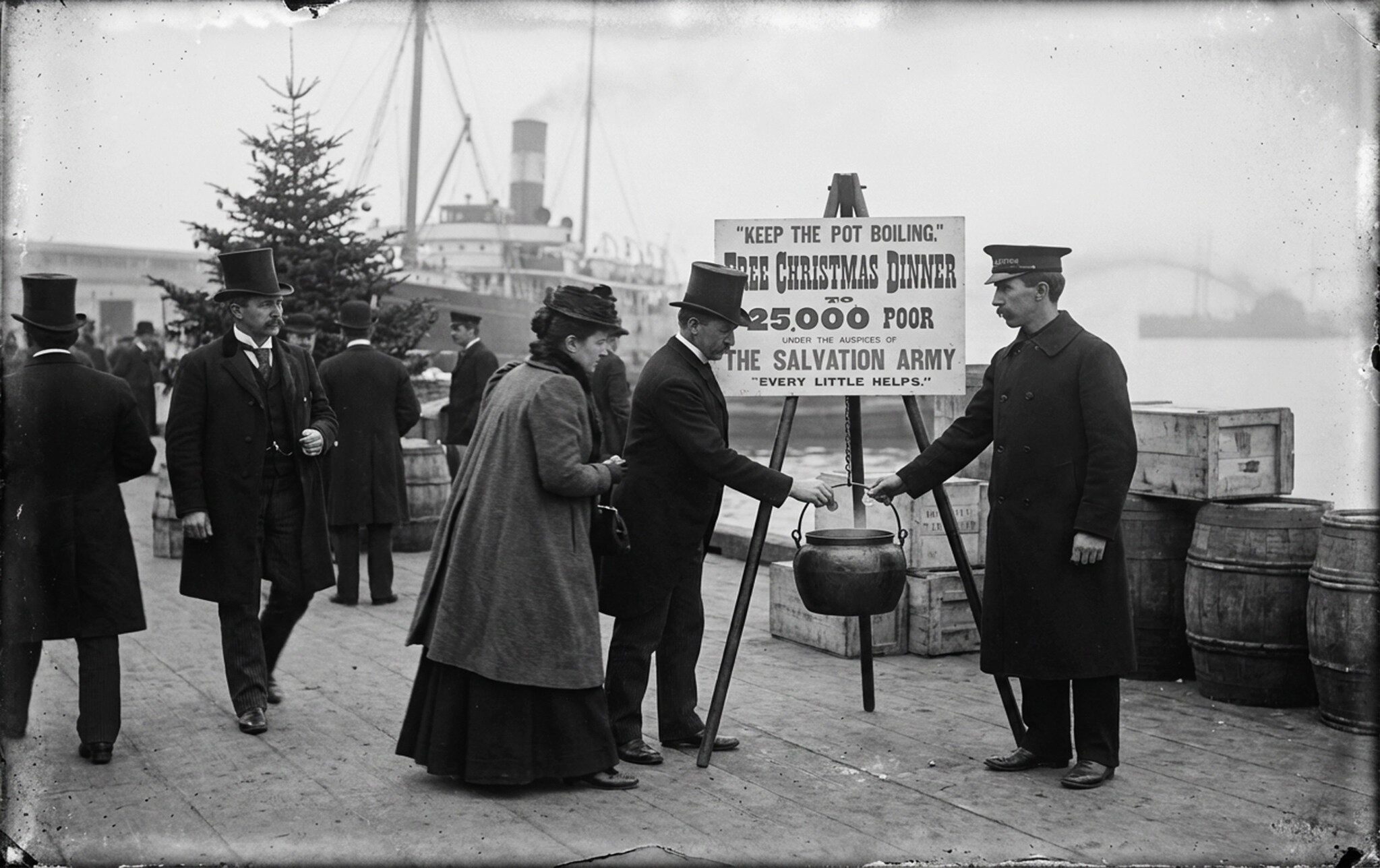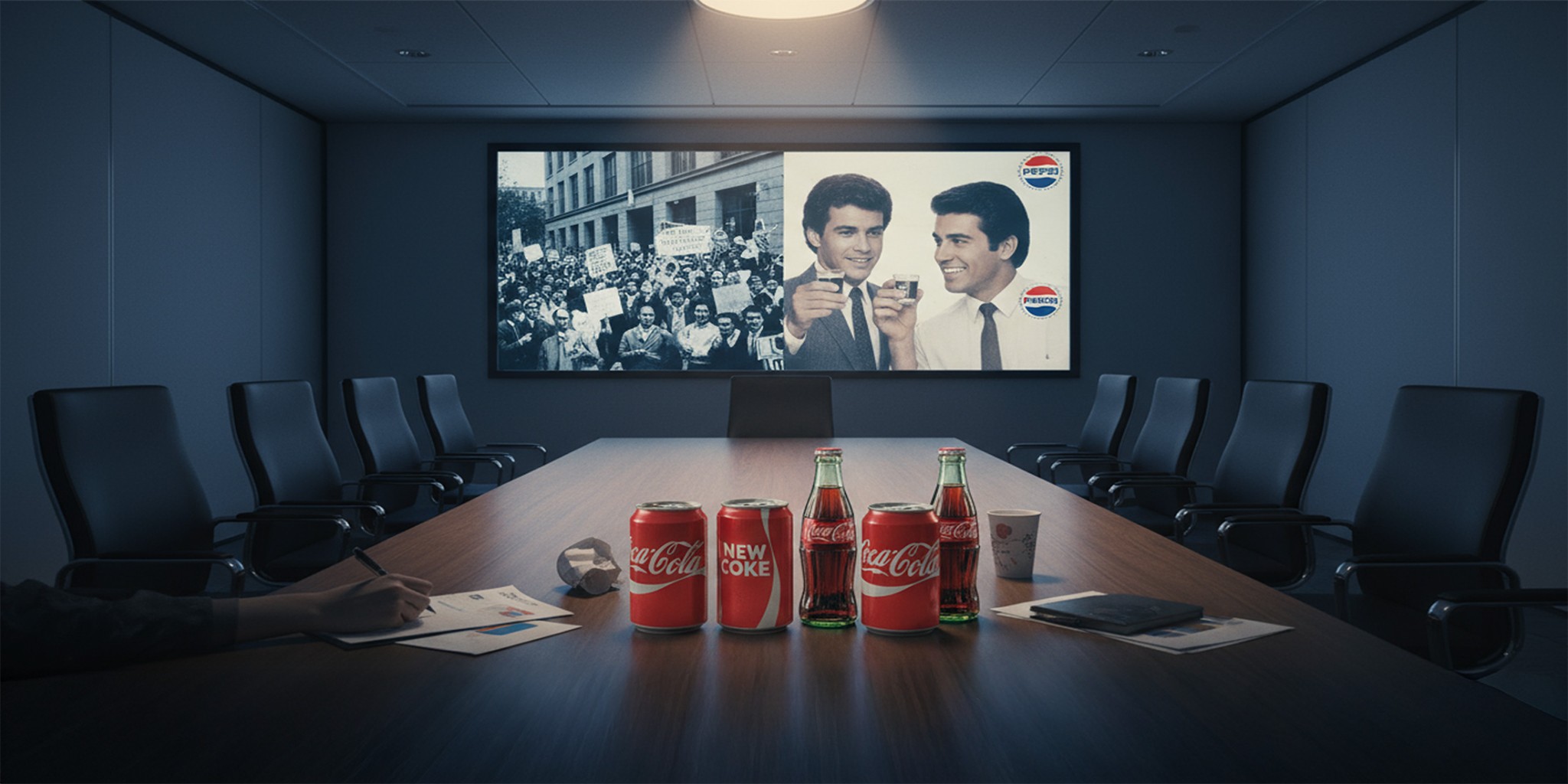In 1891, a Salvation Army officer in San Francisco faced a problem that felt overwhelming. Captain Joseph McFee wanted to provide a Christmas meal for people in need, but the organization had no money to do it. Rather than scaling back the vision, he placed a large iron kettle on a busy pier with a simple sign asking passersby to help “keep the pot boiling.”

The Reading Room
Radiant’s Central Repository
The Reading Room is a unique place where we share thoughts on innovation, brand strategy, client insights, and our latest SAAS projects.
Every December, millions of people revisit the same stop-motion Christmas specials: The Little Drummer Boy, Frosty the Snowman, Rudolph the Red-Nosed Reindeer and others that feel as much a part of the season as lights and music. Their charm is unmistakable. Their style is instantly recognizable. And remarkably, nearly all of them were created under conditions that would make most modern creative teams freeze.
In the early 1500s, most people in England lived their entire lives without reading a single verse of Scripture in a language they understood. The Bible existed only in Latin, and access to it was tightly controlled. If you couldn’t read Latin (and almost no ordinary man, woman or teenager could), you relied entirely on others to explain what God had said. Faith was filtered through someone else’s interpretation.
With this week being Black Friday, we’re surrounded once again by bold claims, loud offers and the constant pressure to buy more. It’s one of the loudest moments of the year, where urgency often overshadows discernment. But in 2011, Patagonia did something no one expected.
In a world that measures success by speed, scale and constant activity, it’s surprising to see a company rise to the top by doing less, not more. But that’s exactly what happened with Chick-fil-A. For decades, the fast-food industry has chased the same formula: more hours, more locations, more menu items. If you can serve more people more often, you win (or at least that’s what everyone assumed).
Sometimes success can be its own kind of danger. When things are running smoothly, it’s easy to believe that what worked yesterday will keep working tomorrow. That comfort can slowly turn into overconfidence, and before long, the organization that once led the way is the one struggling to catch up. That’s exactly what happened to Blockbuster.
One thing we often see in ministry leadership is what I call boardroom boredom. It happens when things are going well — the mission is strong, people are engaged, and God is clearly at work — but those in leadership start feeling restless. They look around and see other ministries trying new things, and they start wondering if they should “freshen things up” too.
In the early hours of April 26, 1986, an explosion shook the small Ukrainian city of Pripyat. Inside Reactor 4 of the Chernobyl Nuclear Power Plant, a late-night safety test had gone wrong. A series of design flaws and rushed decisions caused the reactor to overheat and then explode, sending radioactive material miles into the sky. But the disaster didn’t end with the explosion. In many ways, it began there.
In July 1940, the Tacoma Narrows Bridge opened with great fanfare. Stretching nearly 6,000 feet across Puget Sound, it was the third-longest suspension bridge in the world — sleek, efficient and by all accounts a triumph of modern design. It was also one of the cheapest bridges of its kind ever built.









